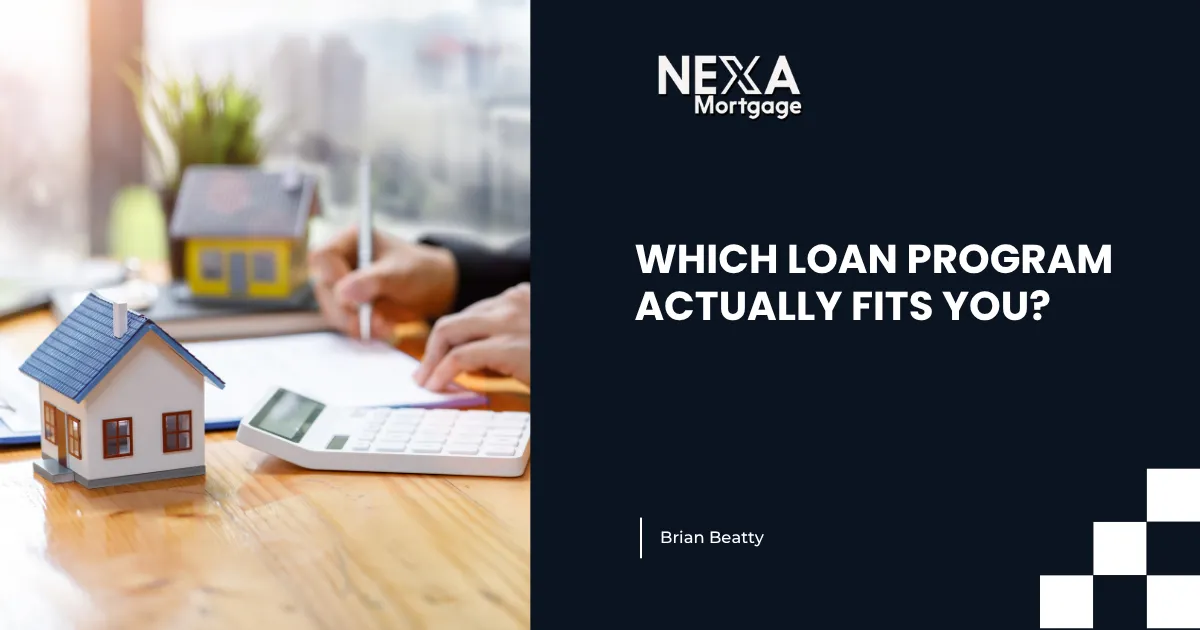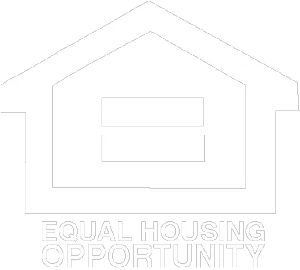
Which Loan Program Is Right for Me—Conventional, FHA, VA, or USDA?
When it comes to financing a home, the variety of loan options available can feel overwhelming. Four of the most common choices—Conventional, FHA, VA, and USDA loans—each come with unique features, eligibility requirements, and pros and cons. Choosing the right one depends on your financial situation, homeownership goals, and where you plan to live.
Let’s break down each loan type to help you find the best fit.
Conventional Loans: Flexible for the Financially Strong
Conventional loans are the most widely used mortgage type in the U.S. and are not backed by a government agency. These loans typically require higher credit scores—often a minimum of 620—and a stable financial history.
Who It's Best For:
Borrowers with solid credit, stable income, and at least 3% to 5% down payment. If you’re able to put down 20% or more, you can also avoid private mortgage insurance (PMI), which can reduce your monthly payment.
Key Advantages:
Competitive interest rates
Can be used for primary, secondary, or investment properties
No upfront mortgage insurance fee
Potential Drawbacks:
Stricter credit and income requirements
PMI required for down payments under 20%
FHA Loans: Easier Entry for First-Time Buyers
Insured by the Federal Housing Administration, FHA loans are designed to help lower-income and first-time buyers get into a home with a smaller down payment and less-than-perfect credit.
Who It's Best For:
First-time buyers or those with credit scores as low as 580 and limited cash for a down payment.
Key Advantages:
Down payments as low as 3.5%
More flexible credit and income standards
Allows higher debt-to-income ratios than conventional loans
Potential Drawbacks:
Mandatory upfront and annual mortgage insurance premiums (MIP)
Limits on loan amounts depending on the area
Only available for primary residences
VA Loans: Zero Down for Veterans and Service Members
Guaranteed by the U.S. Department of Veterans Affairs, VA loans offer powerful benefits to active-duty military, veterans, and eligible surviving spouses.
Who It's Best For:
Qualified service members who want to buy a home with no down payment and avoid private mortgage insurance.
Key Advantages:
No down payment required
No PMI
Competitive interest rates
Flexible credit guidelines
Potential Drawbacks:
VA funding fee (which can be rolled into the loan)
Only available to eligible military personnel and certain family members
Must be used for a primary residence
USDA Loans: Rural Living with 100% Financing
Offered by the U.S. Department of Agriculture, USDA loans help buyers purchase homes in designated rural and suburban areas. These loans also allow 100% financing, meaning no down payment is required.
Who It's Best For:
Low-to-moderate-income buyers looking to live in qualifying rural areas.
Key Advantages:
No down payment needed
Reduced mortgage insurance costs
Competitive interest rates
Potential Drawbacks:
Geographic restrictions
Income limits based on household size
Property must meet USDA standards and be in an eligible area
How to Choose the Right Loan
Start by evaluating your credit score, income, savings, and whether you qualify for government-backed options like VA or USDA loans. Your long-term plans—such as how long you expect to stay in the home—also play a role.
If you have strong credit and a decent down payment, a Conventional loan may be your most cost-effective route. If you’re a first-time buyer with limited savings, FHA might open doors. Veterans should absolutely explore VA benefits, and if you're buying in a rural area, a USDA loan could mean zero down.
Ultimately, the best way to determine the right fit is to speak with a trusted loan advisor who can walk you through each option in the context of your personal goals.
Sources
Forbes – https://www.forbes.com
Investopedia – https://www.investopedia.com
CBS News – https://www.cbsnews.com
The Mortgage Reports – https://www.themortgagereports.com



